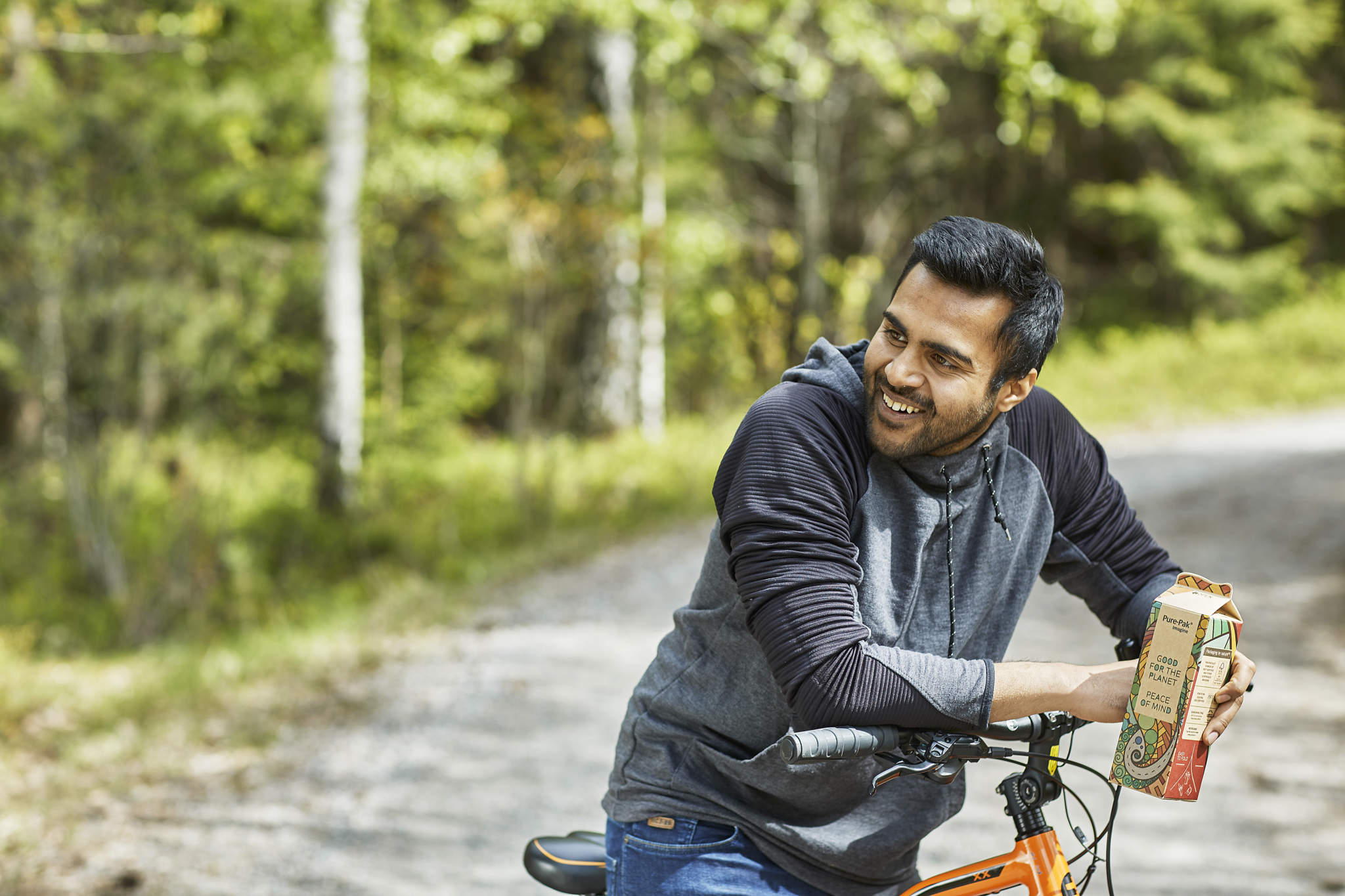Into the post-fossil age?

Many consumers would like to see fossil plastics banned for good. However, we are still unable to do without plastic in many areas – for reasons of hygiene, product protection or cost. The eco-balance of some plastic packaging is also surprisingly positive, even compared to paper.
Nevertheless, we believe the fiberization trend is unstoppable. Barrier papers are performing better and better and new technologies such as dry fiber molding give manufacturers hope that they will soon be able to keep up with plastics in terms of price.

Image source: Elopak
In addition to solutions that clearly look like paper and therefore like wood as a raw material, the material is also conquering “hidden” areas. For example, the Finnish company
However, there is a catch here: although bio-based raw materials such as Green PE are also obtained from renewable sources (mainly sugar cane in addition to wood), they are indistinguishable from conventional polyethylene after polymerization. This means that the problems with recycling and, above all, the impact on the ecosystem after the packaging has been used remain virtually the same.
Our conclusion: even with wood-based solutions, all that glitters is not gold. The vision of a sustainable future must include a mix of materials that focuses on the best solution based on the context.